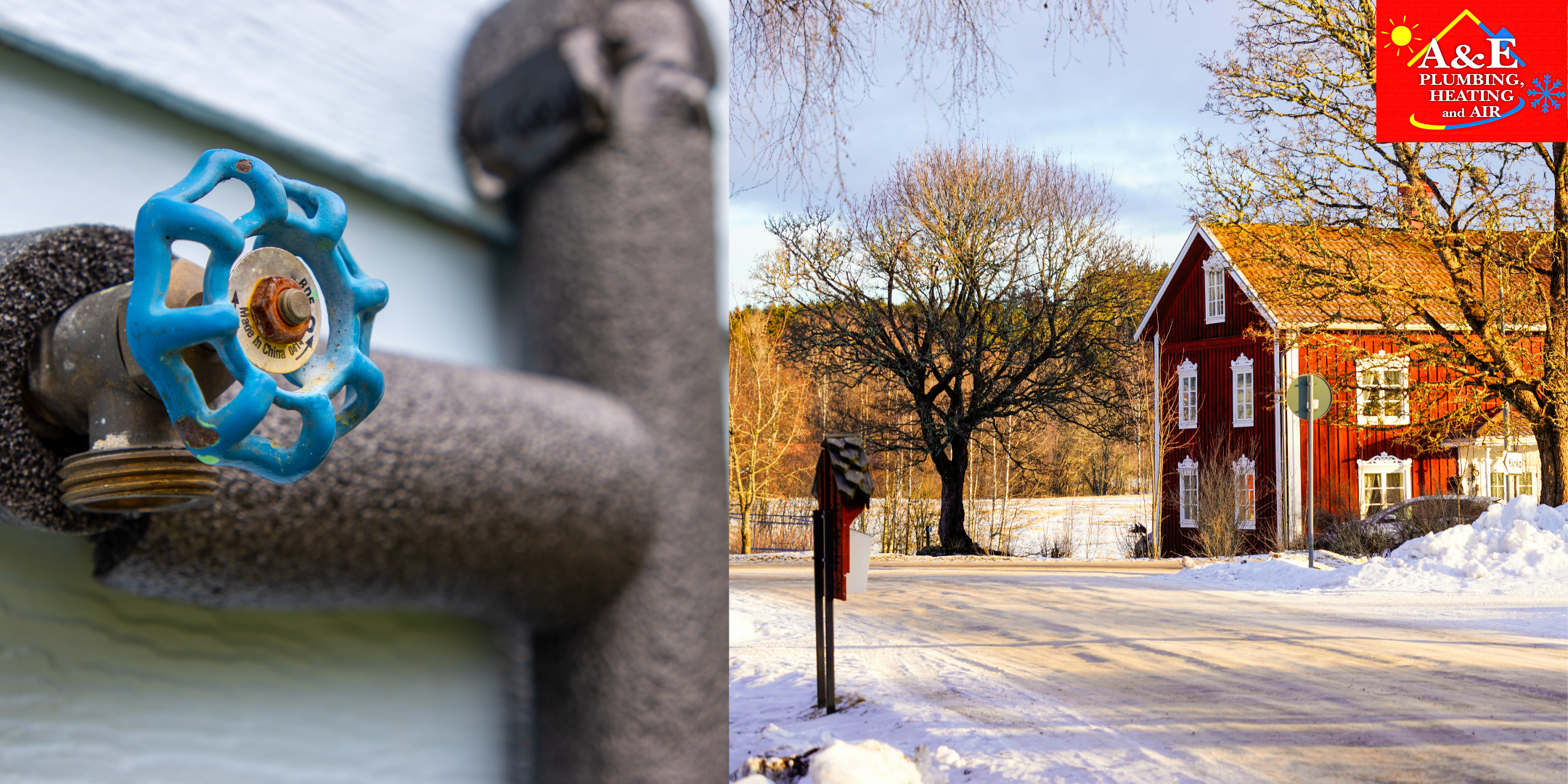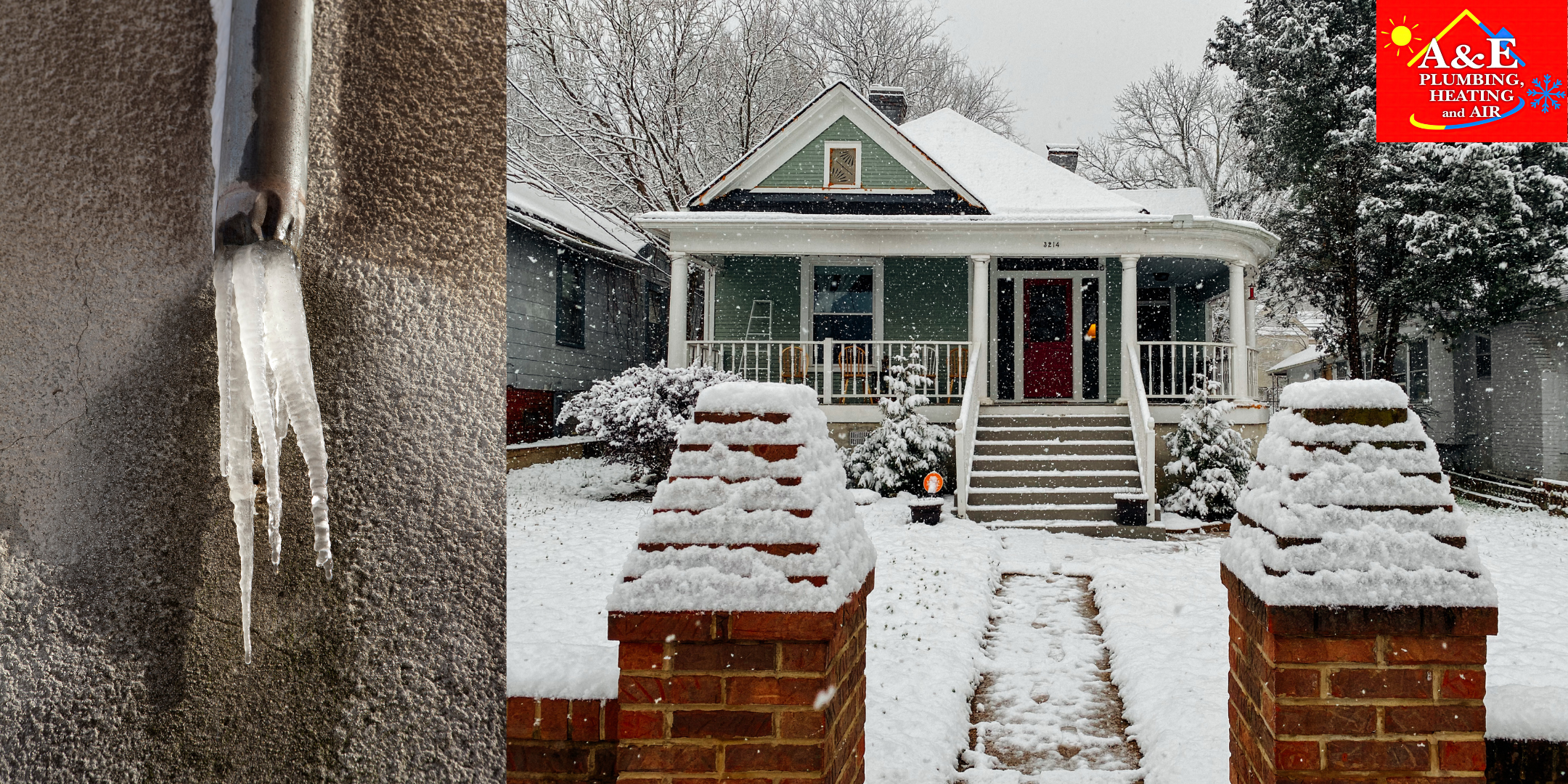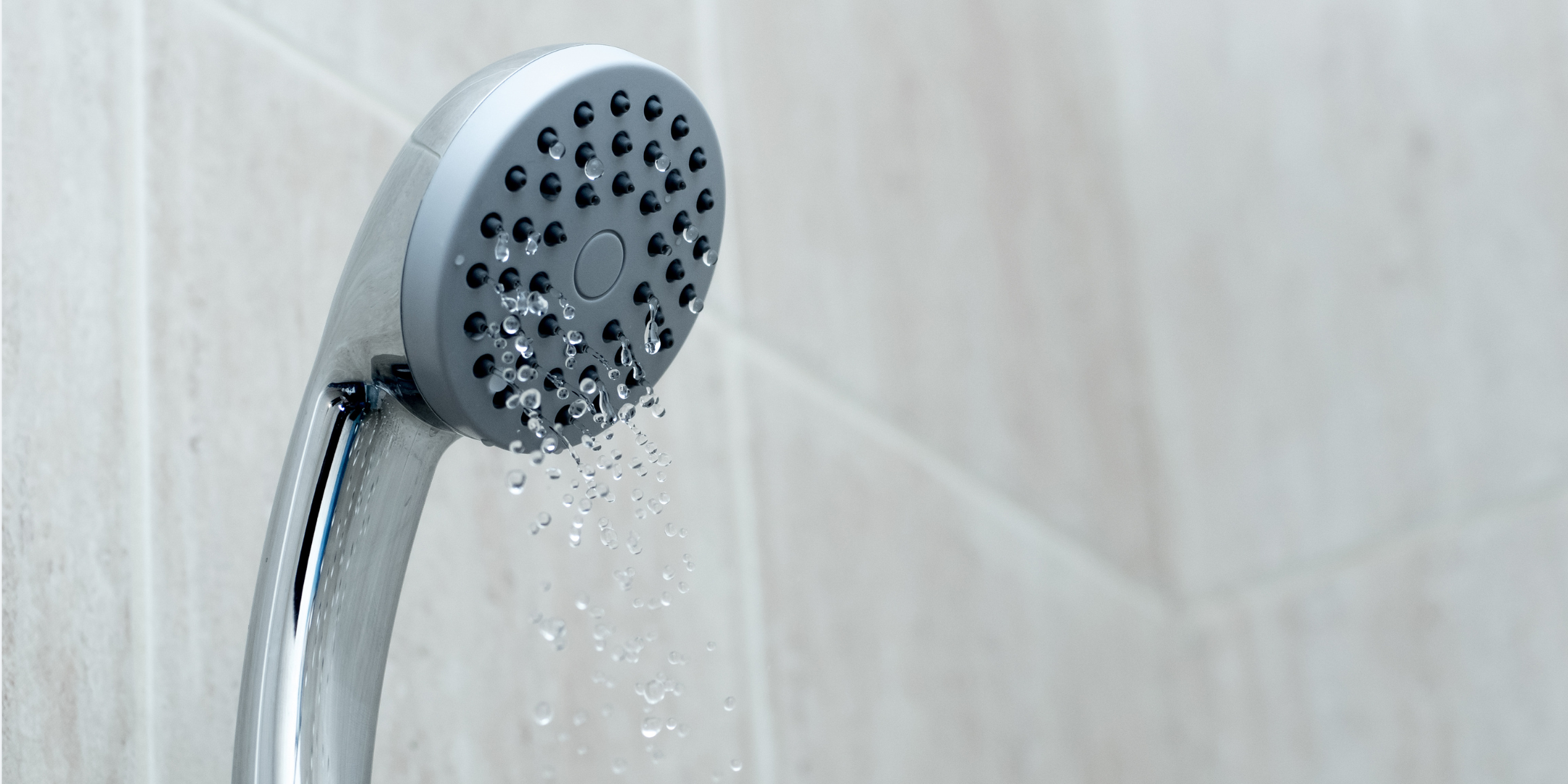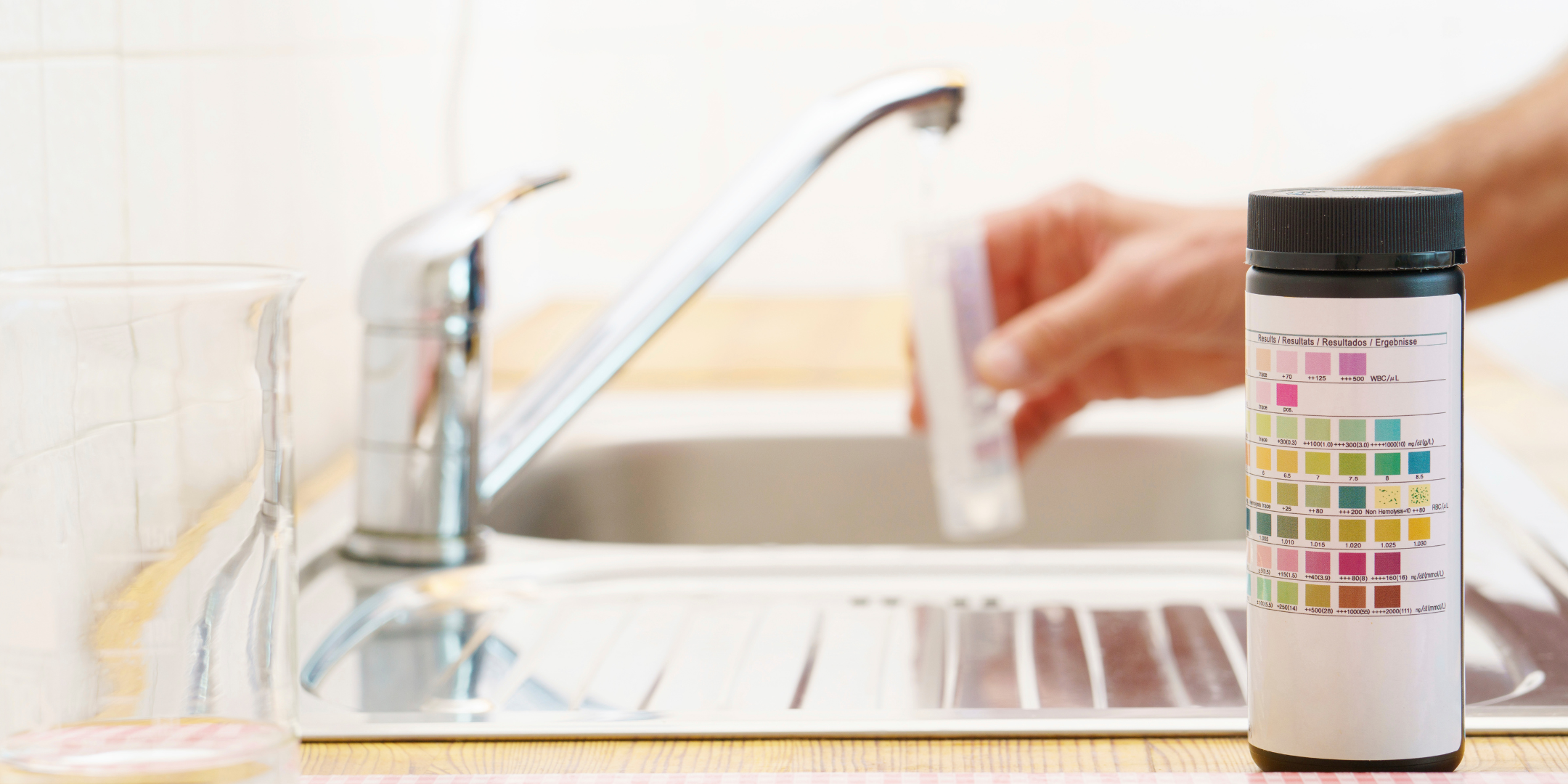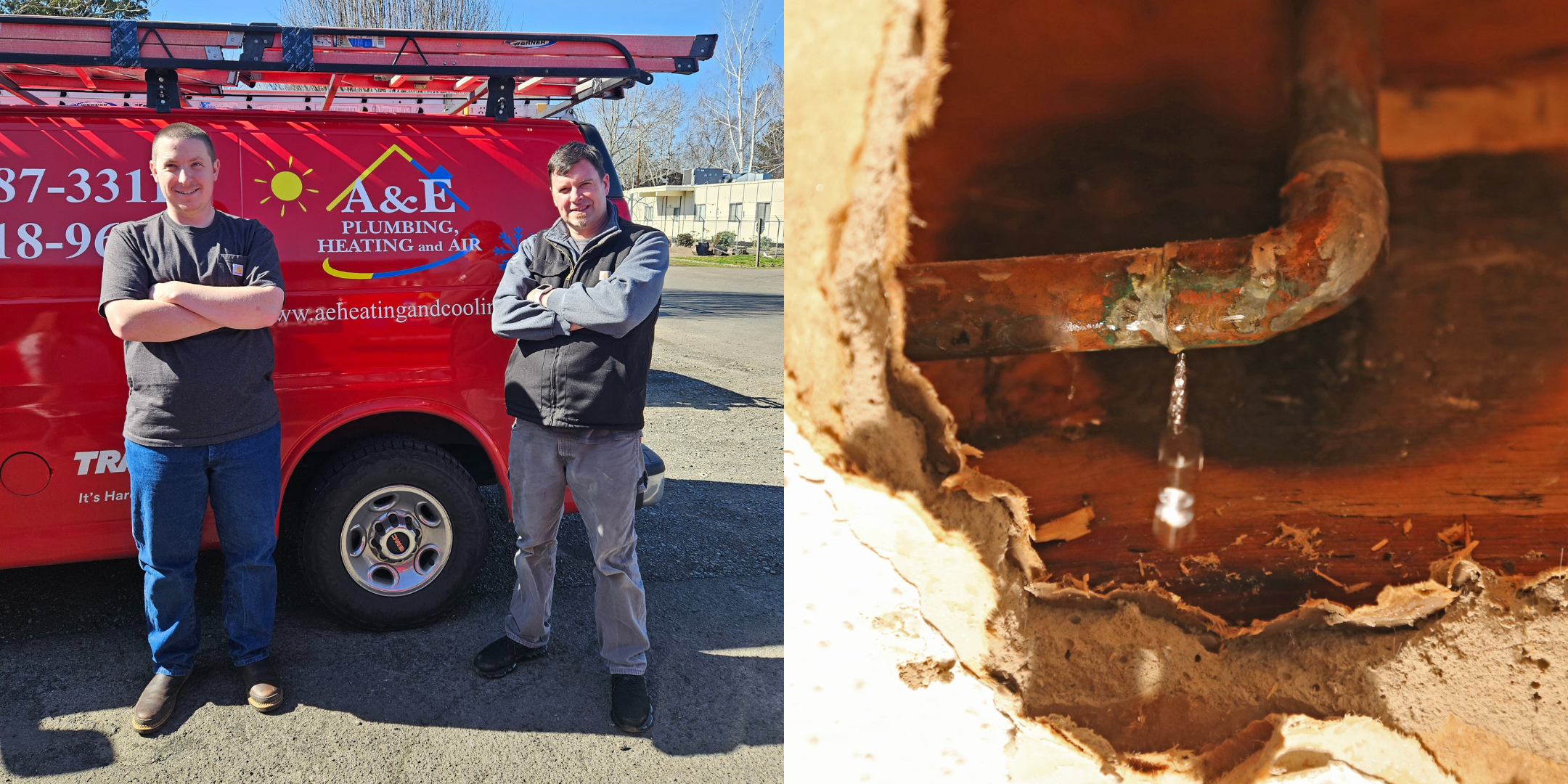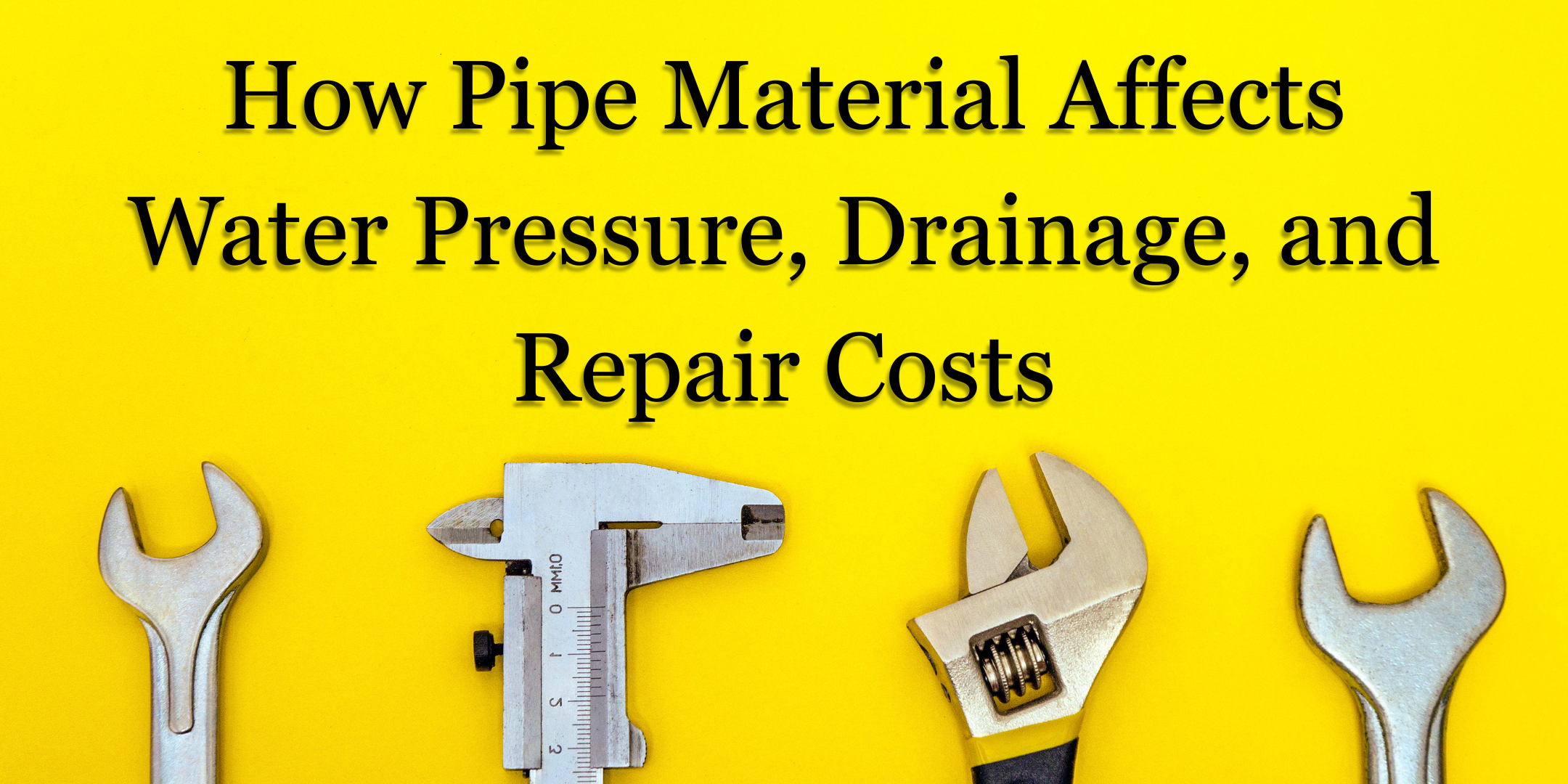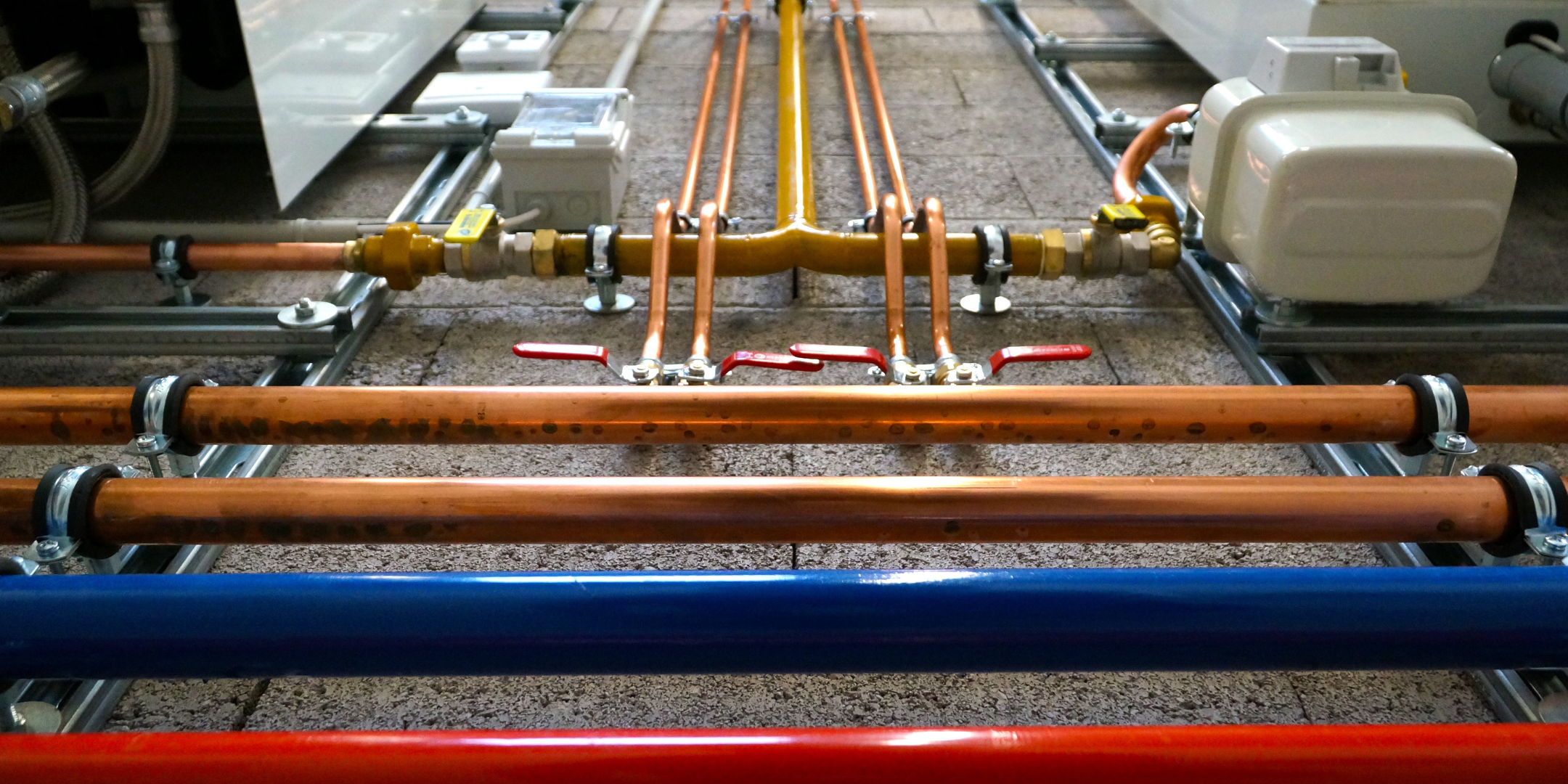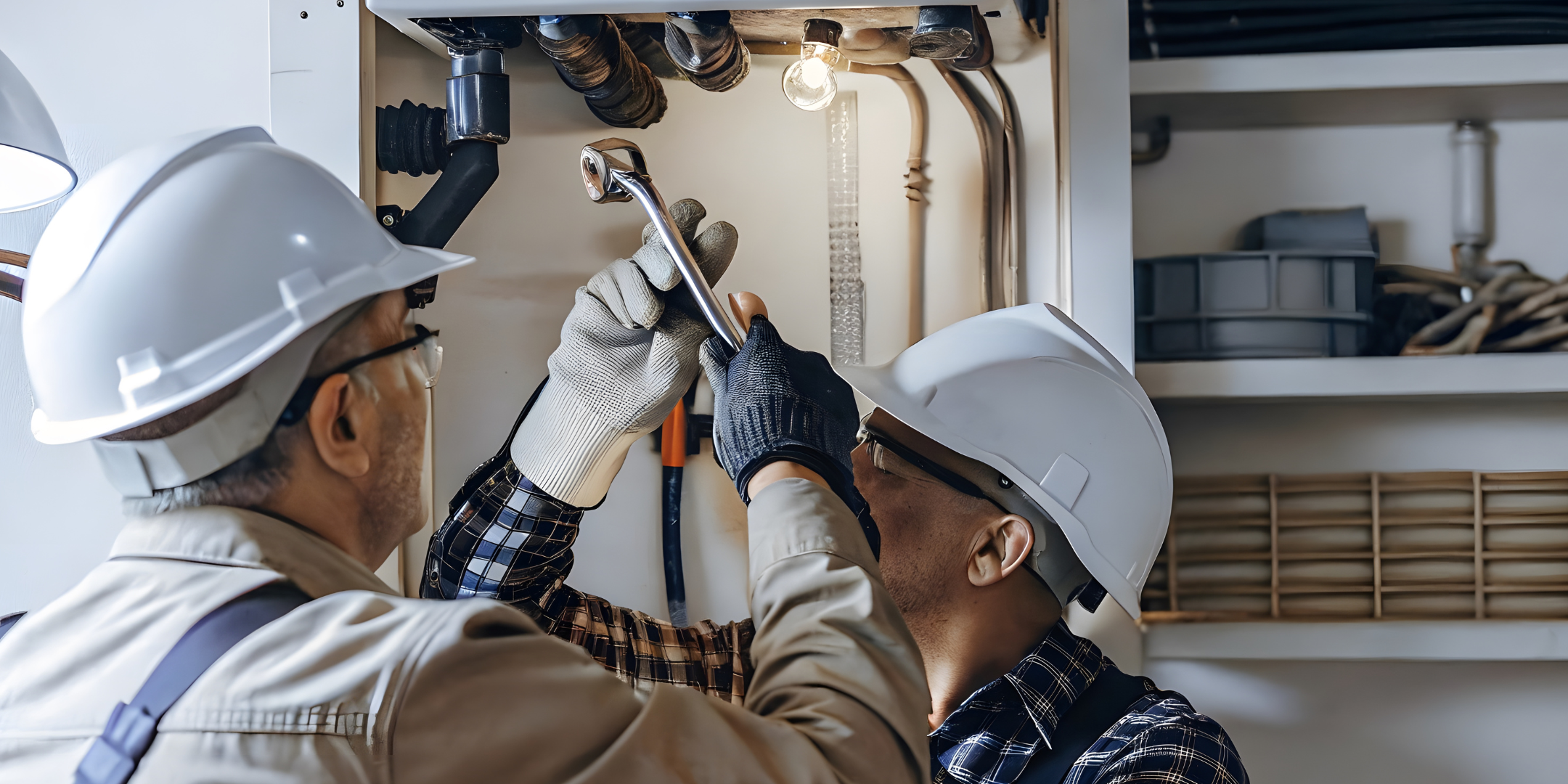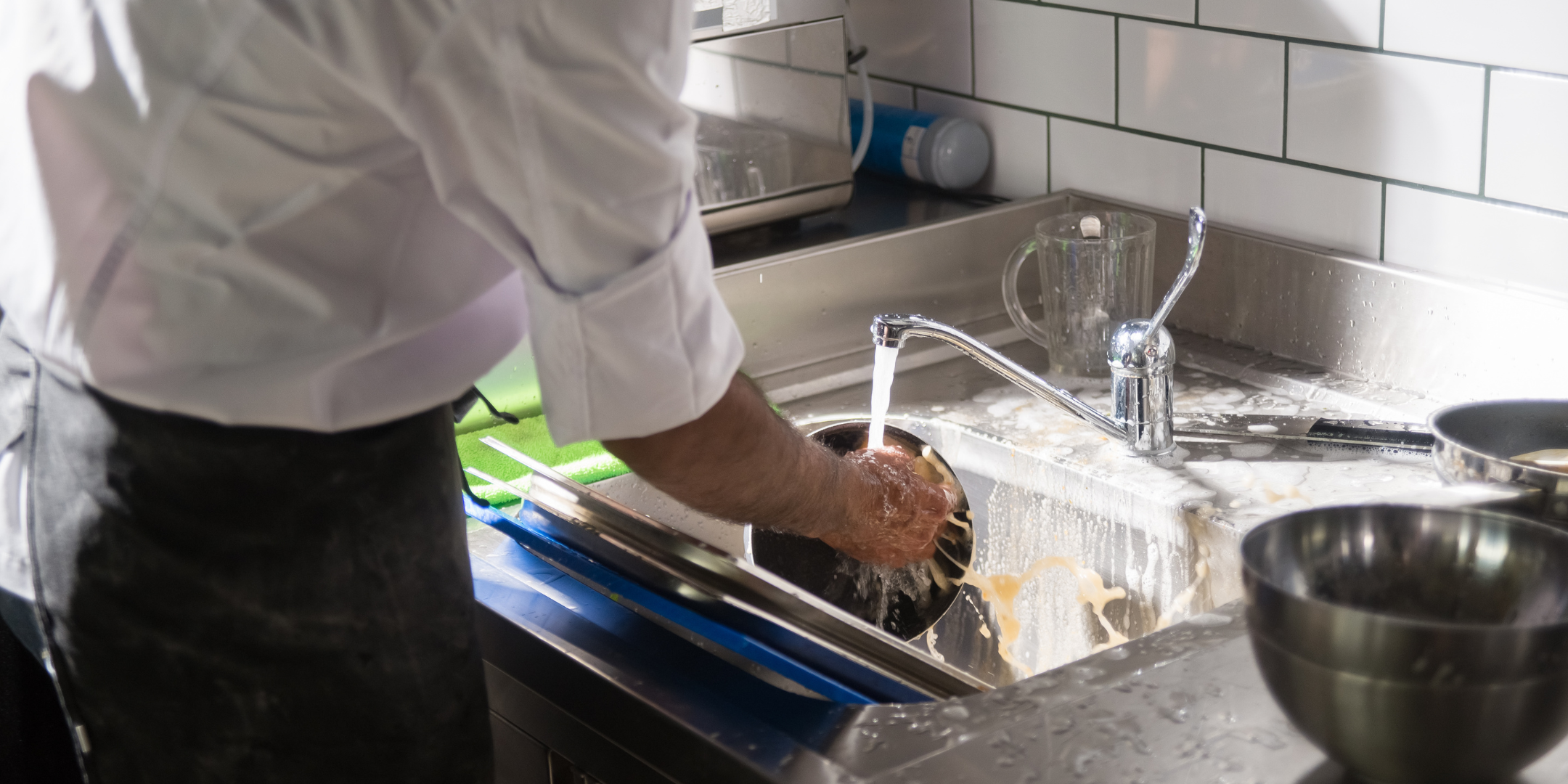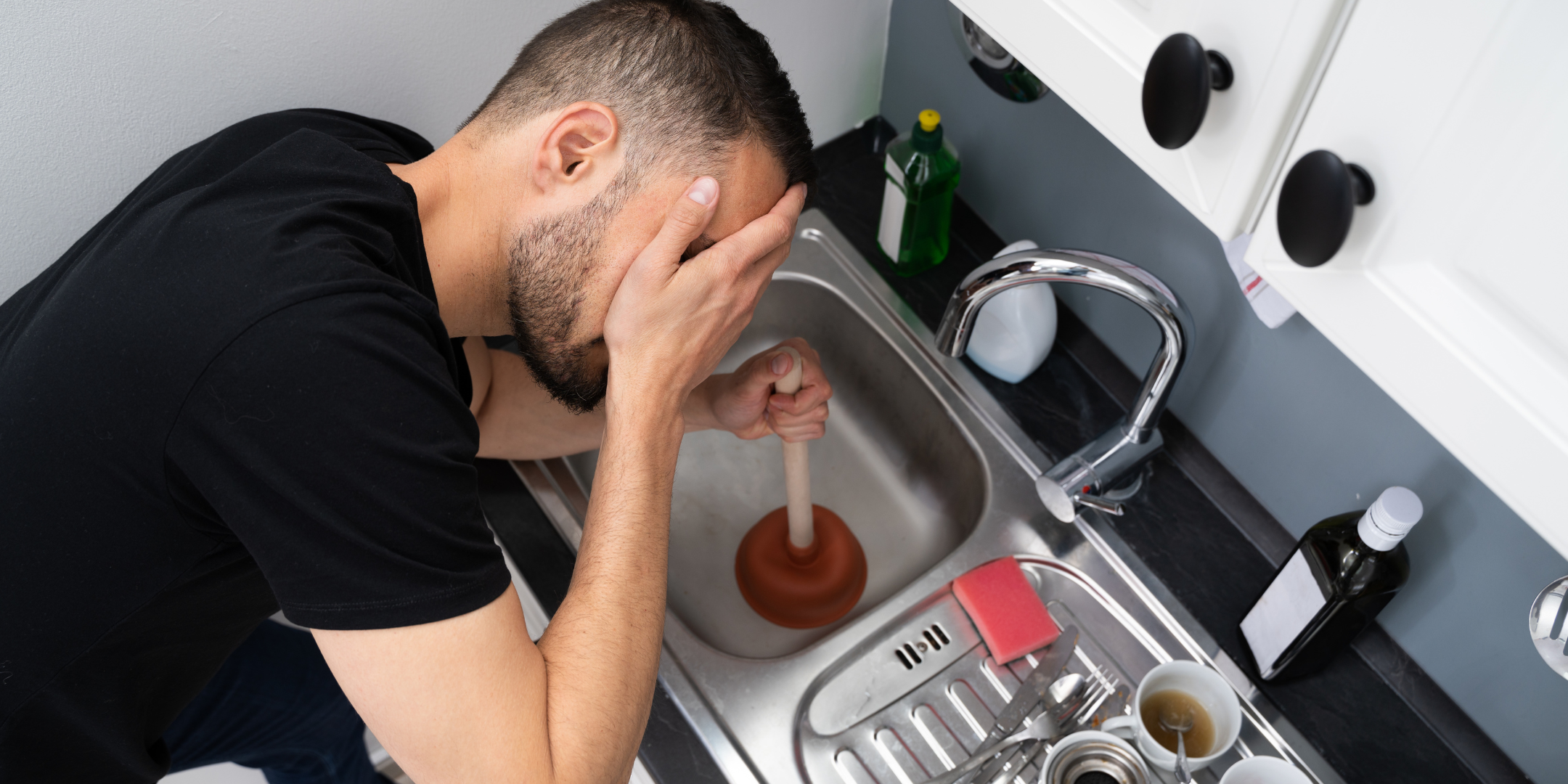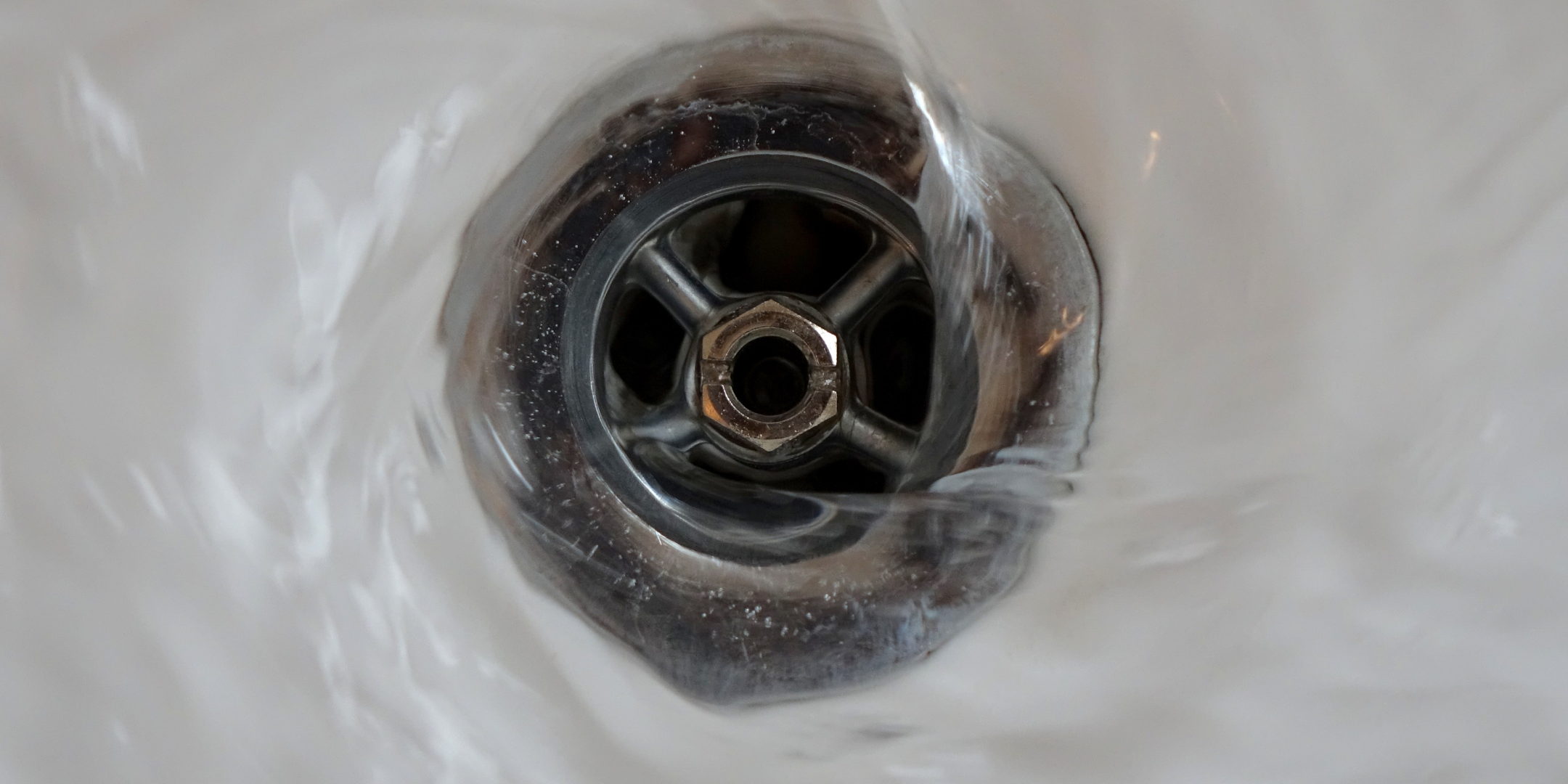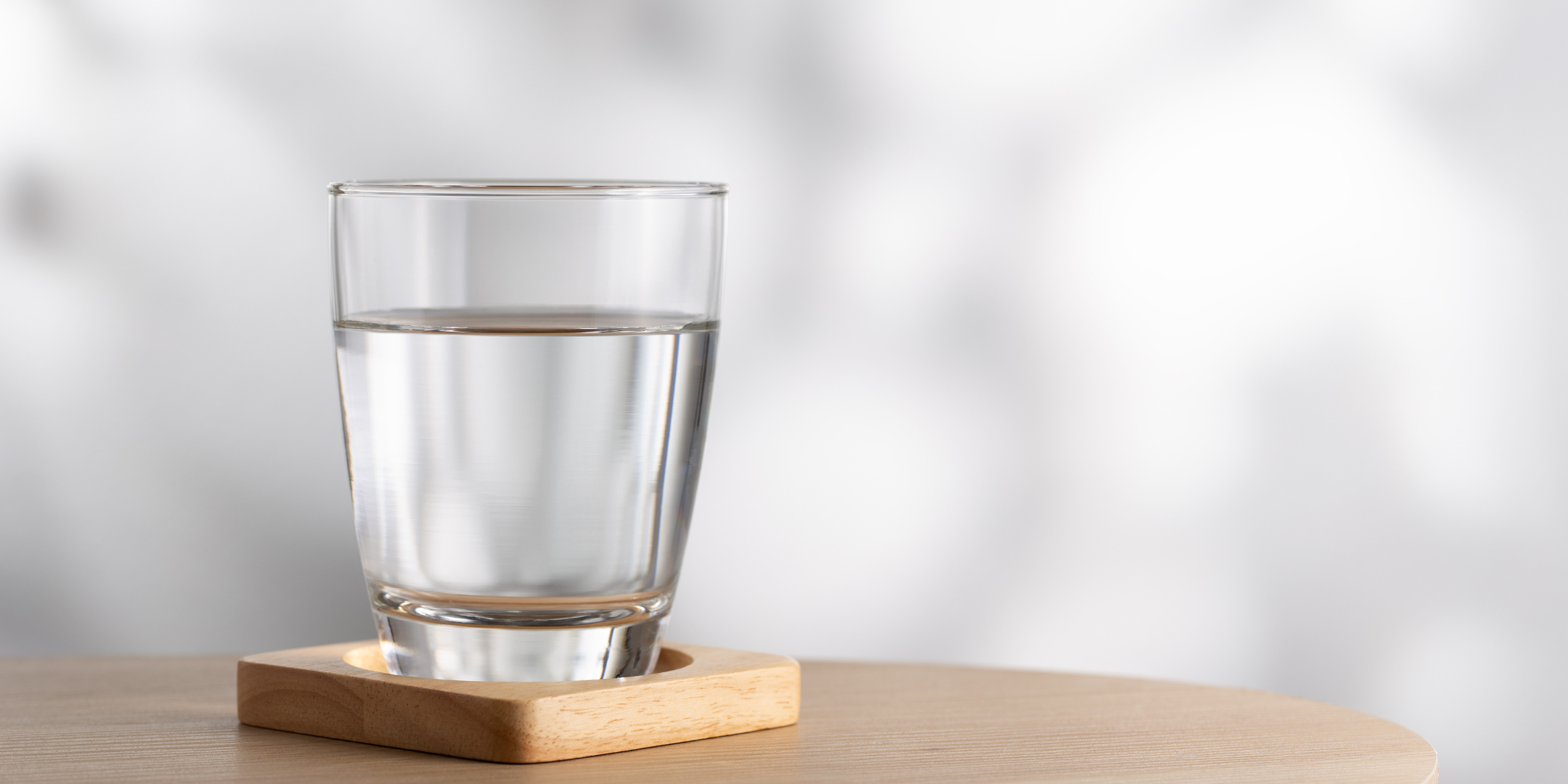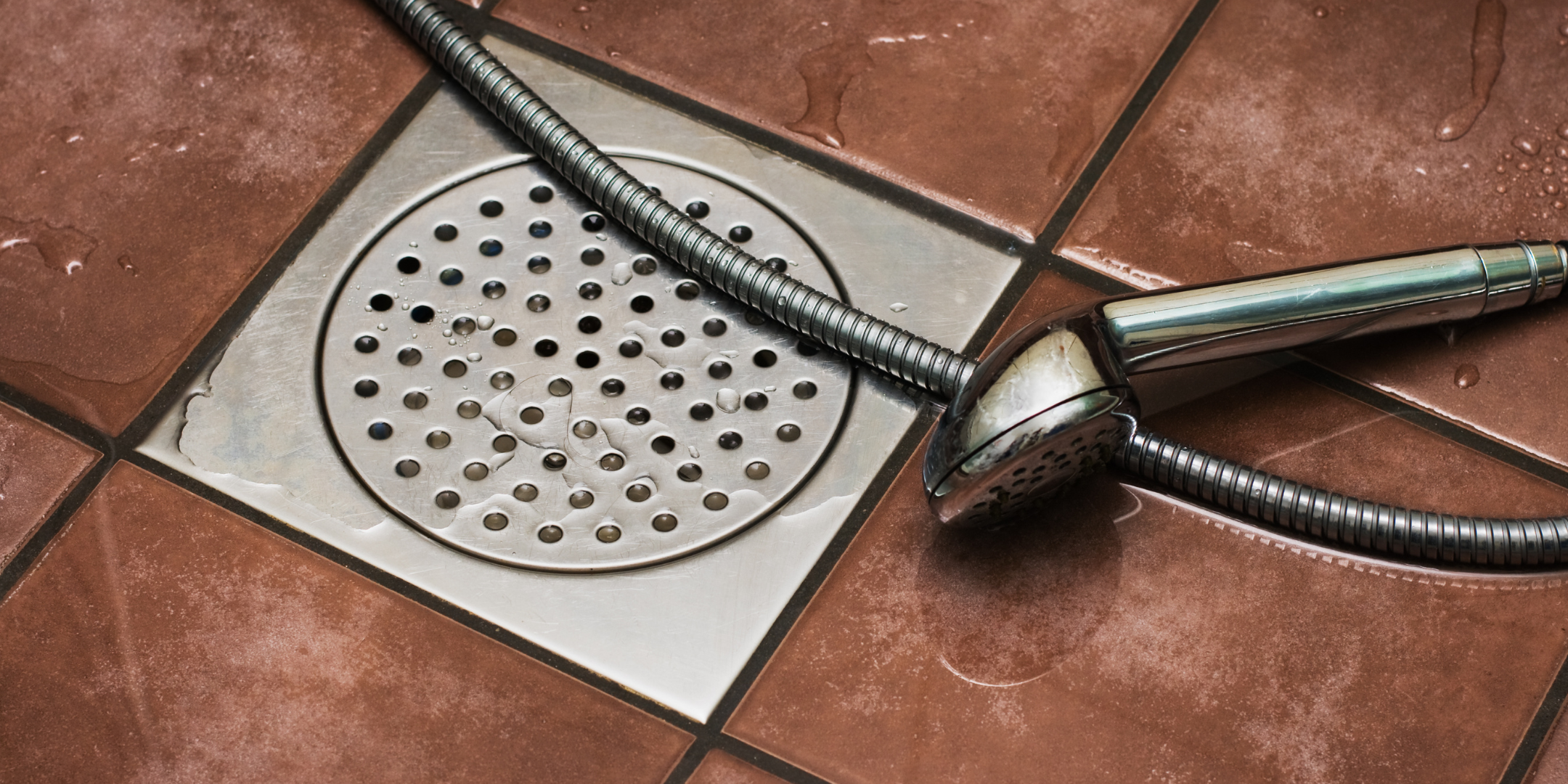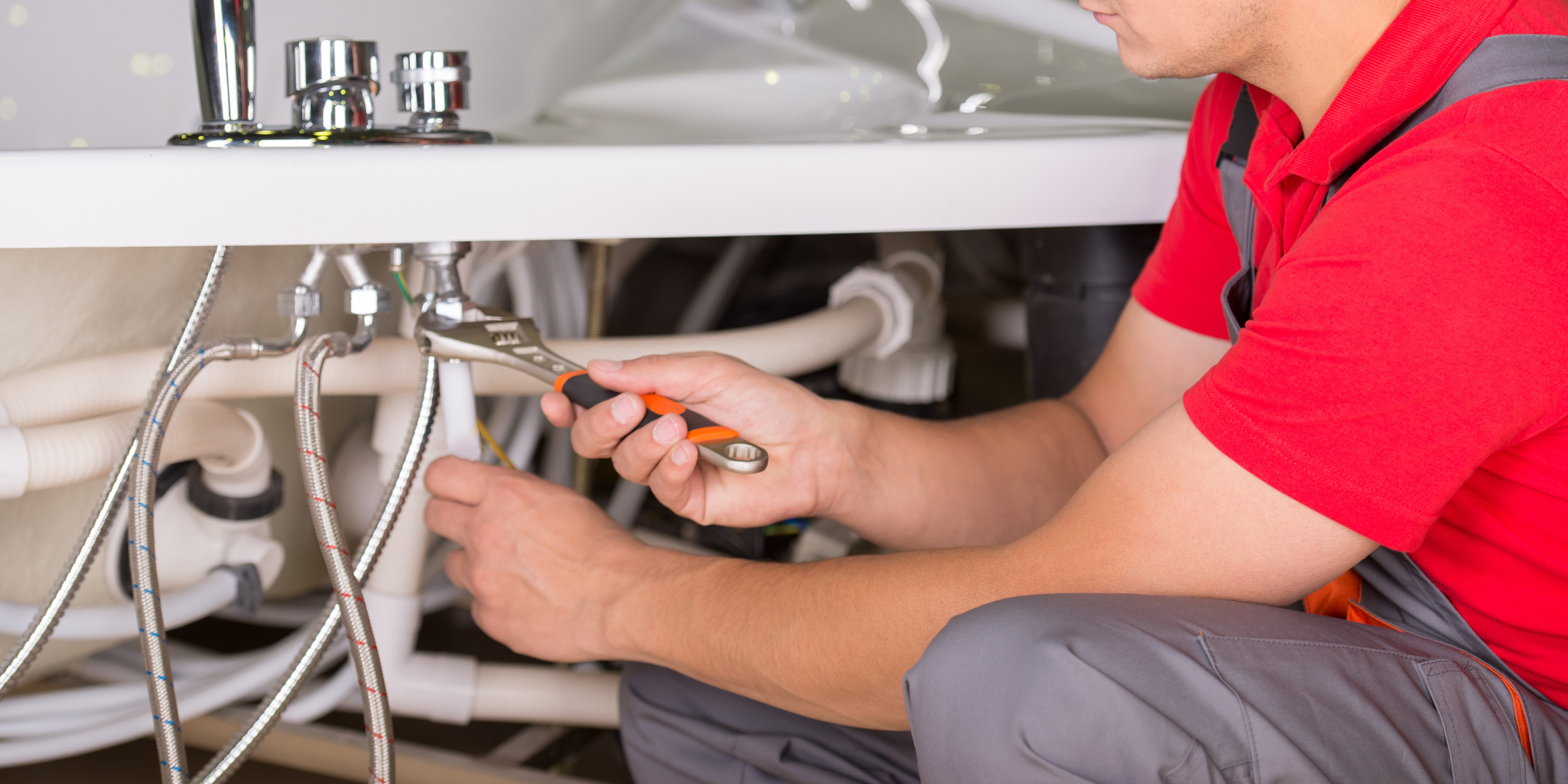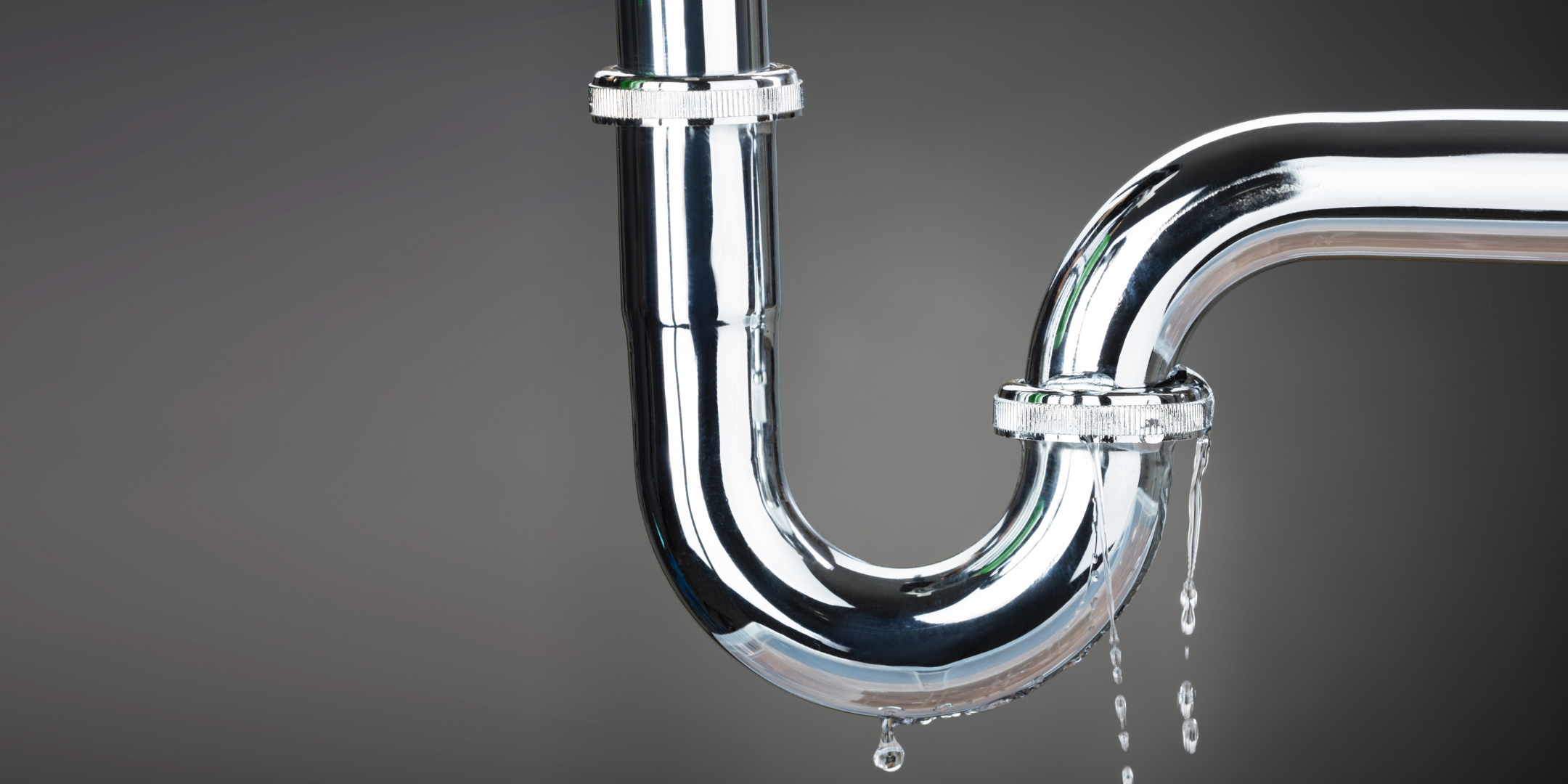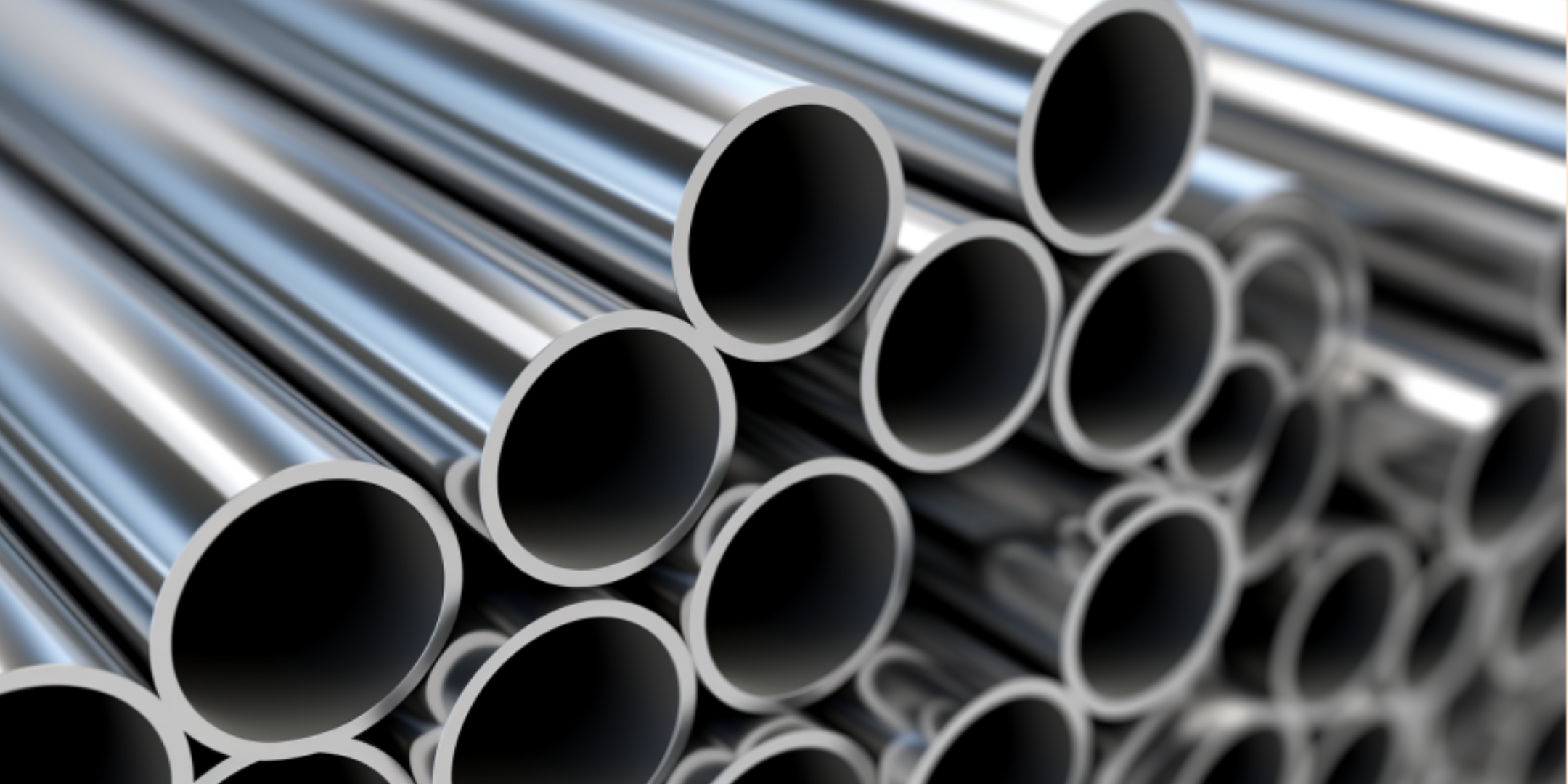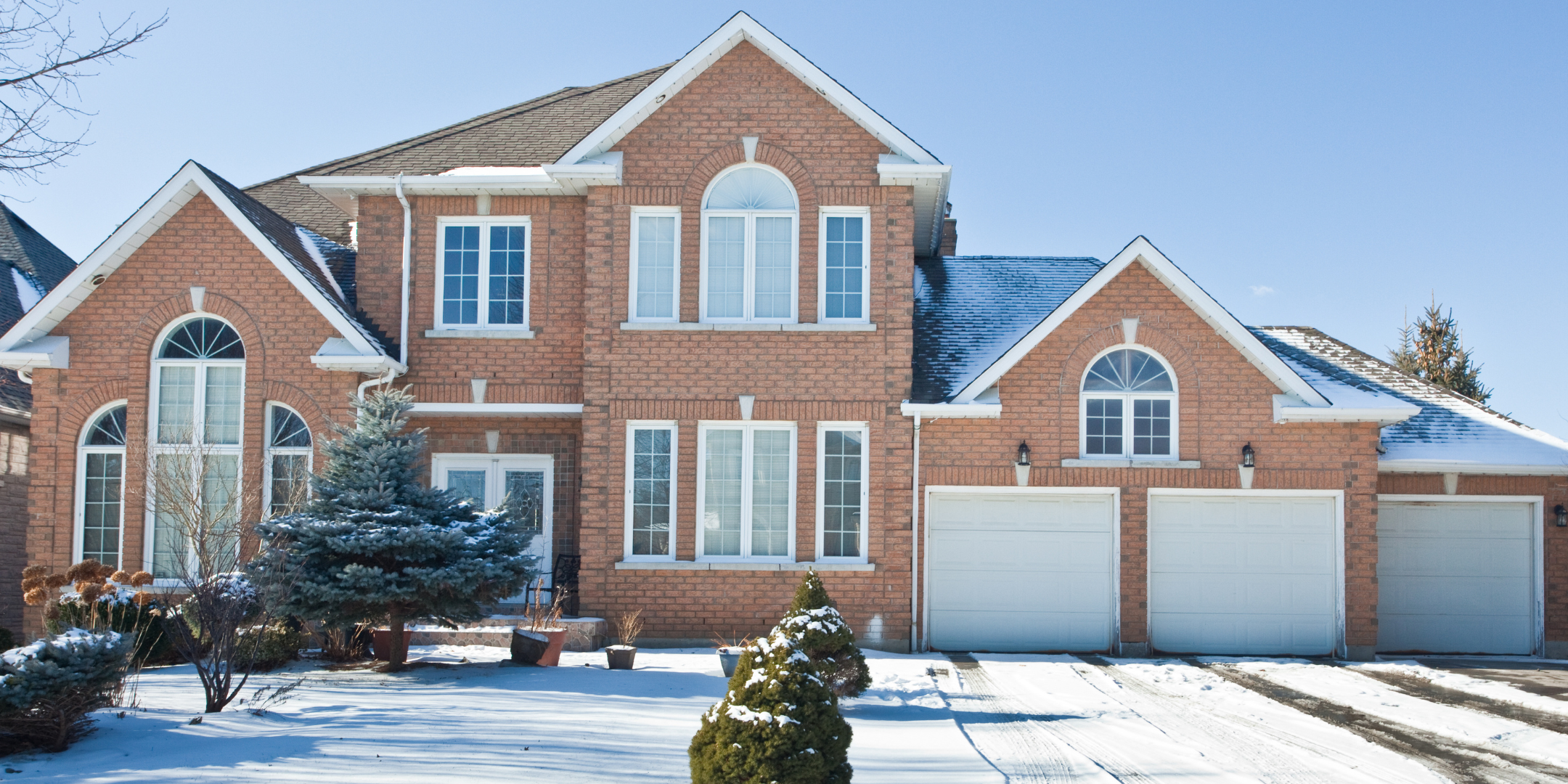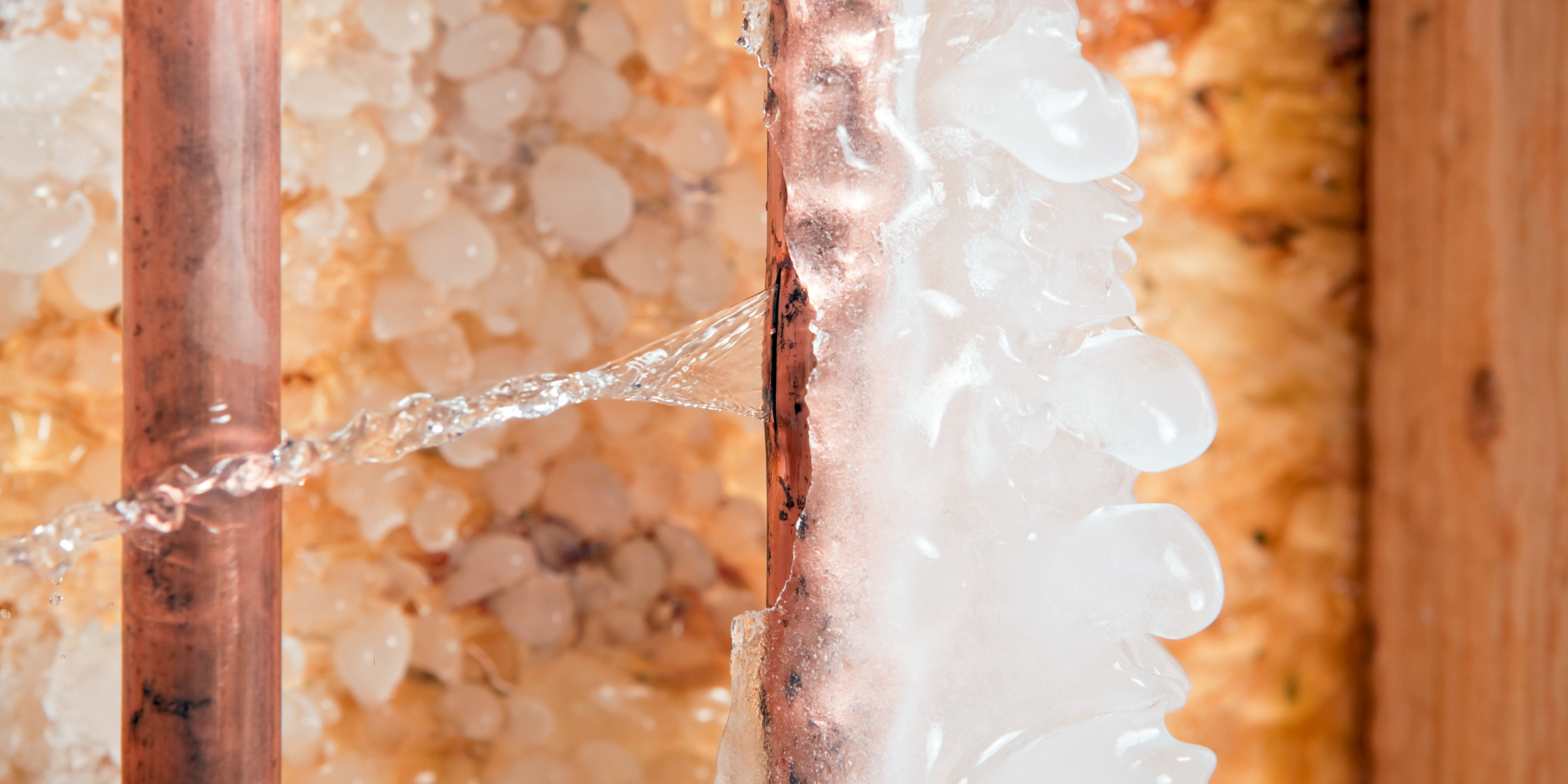3 Budget-Friendly Alternatives to a Whole-House Water Softener
May 19th, 2025
5 min read
By Daphne Hunt


Hard water can sneak up on you. One day your dishes are spotless, the next they’re cloudy no matter how many rinse cycles you run. Your towels feel stiff, your hair’s acting up, and your faucets have that crusty buildup that just won’t quit.
If that sounds familiar, you’re not alone—and you’re not imagining things.
At A&E Plumbing, Heating and Air, we’ve spent the last 16+ years helping homeowners like you deal with water quality issues big and small throughout the Gresham Portland Metro and Columbia River Gorge. There are options available that mean you don’t have to rush into buying a whole-house water softener.
In this article, we’ll walk through three smart, budget-friendly alternatives that can give you relief right now—without the high price tag or major plumbing changes.
You’re Probably Here Because…
You’ve noticed your dishes look like they’ve been rinsed in milk. Your hair feels like straw despite the conditioner aisle in your shower. And your once-fluffy towels now have the texture of tortilla chips.
conditioner aisle in your shower. And your once-fluffy towels now have the texture of tortilla chips.
Welcome to life with hard water.
But before you shell out thousands of dollars on a whole-house system, let’s talk about three affordable, practical alternatives that just might solve your problem—or at least take the edge off while you decide if a full softener system is right for you.
1. Point-of-Use (POU) Filters
Let’s be honest: nobody wants to overhaul their entire plumbing system just to enjoy a glass of water that doesn’t taste like pennies without exploring other cheaper options.
What is a Point-of-Use Filter?
Point-of-use (POU) filters attach directly to your kitchen faucet or install under your sink. They’re designed to reduce common hard water minerals like calcium and magnesium—as well as chlorine and other taste-altering chemicals—right where you need it most.
Best Places for Point-of-Use Filters
- Drinking and cooking water
- Keeping coffee and tea tasting clean
- Reducing mineral buildup in kettles, pitchers, and ice trays
Worried about installation? Don’t be. Most under-sink filters can be DIY-installed in under 30 minutes with basic tools, and faucet-mounted ones take even less effort. You won’t need a plumber or a weekend lost to frustration.
Price range of Most POUs
Expect to spend $30–$70 for faucet-mounted models, and $80–$200 for under-sink options (including basic multi-stage filter kits).
Filter replacements usually cost $20–$50, depending on the brand and filtration level, and need to be swapped out about twice a year.
Common Questions from Homeowners
"Do I need a plumber to install this?"
Usually not. Faucet-mounted filters are a true plug-and-play option—no tools needed. Under-sink kits take about 30–45 minutes to install with a basic wrench and some patience. If you're handy with IKEA furniture, you can probably handle this too.
"How do I choose the right one?"
Start by testing your water hardness levels (you can get a simple test strip kit online for $10–$15). Then look for a filter that specifically lists calcium, magnesium, or “scale reduction” in its features. If your water tastes off or smells like a pool, you might want a filter that also targets
What We See When Homeowners Use POU Filters
Many homeowners start here because it's affordable, low-commitment, and delivers results fast. Once they see the difference—cleaner taste, less scaling in pots and pans, fewer water spots on glasses—it helps them decide whether more comprehensive treatment is necessary.
Pros of a Point-of-Use Filter
- Filters are cheap and easy to swap out
- Low upfront cost
- No major plumbing work
- Makes your water taste noticeably better
Cons of a Point-of-Use Filter
- Doesn’t help with showering or laundry
- Requires routine filter changes (plan on every 6 months or so)
- Only treats water at a single faucet
2. Water-Softening Shower Heads
When your skin feels tight after a shower and your hair never quite rinses clean, it might not be your products—it might be your water.
products—it might be your water.
What is a Water-Softening Shower Head?
These shower heads contain built-in filters that reduce hard water minerals like calcium and magnesium, and sometimes chlorine. Installing these shower heads can help with softer water that’s gentler on your skin, hair, and scalp.
Best Places for Water-Softening Shower Heads
- Primary bathroom shower
- Kids’ tubs if they have sensitive skin
- Guest bathrooms (yes, it’s a nice touch!)
They’re especially helpful if you're noticing itchy skin, dry patches, or lifeless hair—even when you're using “moisturizing everything.” These showerheads won't make your water feel like a spa, but they can take a surprising amount of edge off.
Price Range of Most Water-Softening Shower Heads
Most models range from $25–$70. Filter cartridges need to be replaced every 2–6 months, with replacements typically costing $10–$30 depending on the model and your water usage.
Common Questions from Homeowners
"Will this fix my skin issues?"
It could help a lot—especially if the root cause is hard water minerals drying out your skin. If you've already tried switching body washes and shampoos, this is a great next step.
"Is it easy to install?"
Yes. If you can unscrew a light bulb, you can install a shower head. Just twist off the old one and screw on the new one. You may want plumber’s tape to prevent leaks, but no tools are usually required.
"Will it make my water pressure worse?"
Not necessarily. Many models are labeled “high-flow” or “pressure-boosting.” Just double-check product reviews and specs before buying.
What We See When Homeowners Use Showerhead Filters
Shower filters are popular for people who want quick relief—especially for hair and skin issues. Homeowners often report a difference within the first few washes, even if they were skeptical at first.
Pros of a Water-Softening Shower Head
- Installs in minutes
- Affordable and easy to replace filters
- Great for renters or those not ready for whole-home systems
- Noticeable improvement in skin and hair feel
Cons of a Water-Softening Shower Head
- Only helps at one shower
- Filters require routine replacement
- Doesn’t help with laundry, dishes, or drinking water
3. Laundry Boosters
When your towels feel like sandpaper and your clothes just won’t come out clean, laundry boosters might be your best-kept secret.
might be your best-kept secret.
What is a Laundry Booster?
Laundry boosters like Borax, washing soda, or white vinegar help break down hard water minerals during the wash cycle. They don’t soften your water system-wide—they just help your detergent do its job better.
Best Uses for Laundry Boosters
- Keeping towels soft and absorbent
- Getting whites actually white again
- Improving the overall smell and cleanliness of clothes
- Minimizing that stiff, “crunchy” feel to air-dried items
- You just add a scoop to the wash—no installation, no commitment.
Price Range of Most Laundry Boosters
These are incredibly budget-friendly. You can find Borax, washing soda, or vinegar for $5–$10 per box or bottle. One box typically lasts several weeks or months depending on how often you use it.
Common Questions from Homeowners
"Is this safe for my washer?"
Yes. Just follow the manufacturer’s guidelines and don’t overdo it. These boosters are widely used and safe for both standard and high-efficiency (HE) machines.
"Will I see a difference right away?"
Usually, yes. Most homeowners notice softer towels and brighter whites within a few loads.
"Can I use this with any detergent?"
Absolutely. Boosters work with your detergent, not instead of it. They help break down the minerals that normally block detergent from working properly.
What We See When Homeowners Use Laundry Boosters
Many homeowners use these as a quick win while deciding on longer-term solutions. They’re easy, cheap, and require no commitment—just better laundry.
Pros of Laundry Boosters
- Extremely affordable
- No installation or plumbing involved
- Works immediately
- Easy to incorporate into your routine
Cons of Laundry Boosters
- Only helps in the laundry room
- Needs to be added every wash
- Doesn’t address shower, dishes, or drinking water
Where to Go From Here If the Quick Fixes Fall Short
Hard water can show up in a lot of annoying ways—whether it’s dry skin, scratchy towels, or glasses that never look quite clean. And while a whole-house water softener can be a great long-term fix, it’s not always the first step you need to take. With over 16 years of helping homeowners troubleshoot water quality issues, we’ve seen just how far simple, affordable solutions like POU filters, showerhead softeners, and laundry boosters can go.
that never look quite clean. And while a whole-house water softener can be a great long-term fix, it’s not always the first step you need to take. With over 16 years of helping homeowners troubleshoot water quality issues, we’ve seen just how far simple, affordable solutions like POU filters, showerhead softeners, and laundry boosters can go.
But if you’ve tried these and still feel like your water’s working against you, don’t worry—we’ve got some other options mapped out. Check out this guide to the top water softener systems of 2025 for a breakdown of the best long-term solutions, how they work, what they cost, and how to choose the right one for your home.
Daphne Hunt holds a bachelor's degree in English and Mass Communication and has a lifelong passion for writing. She thrives on using her skills to craft compelling pieces that inform, inspire, and connect with readers.
Topics:





